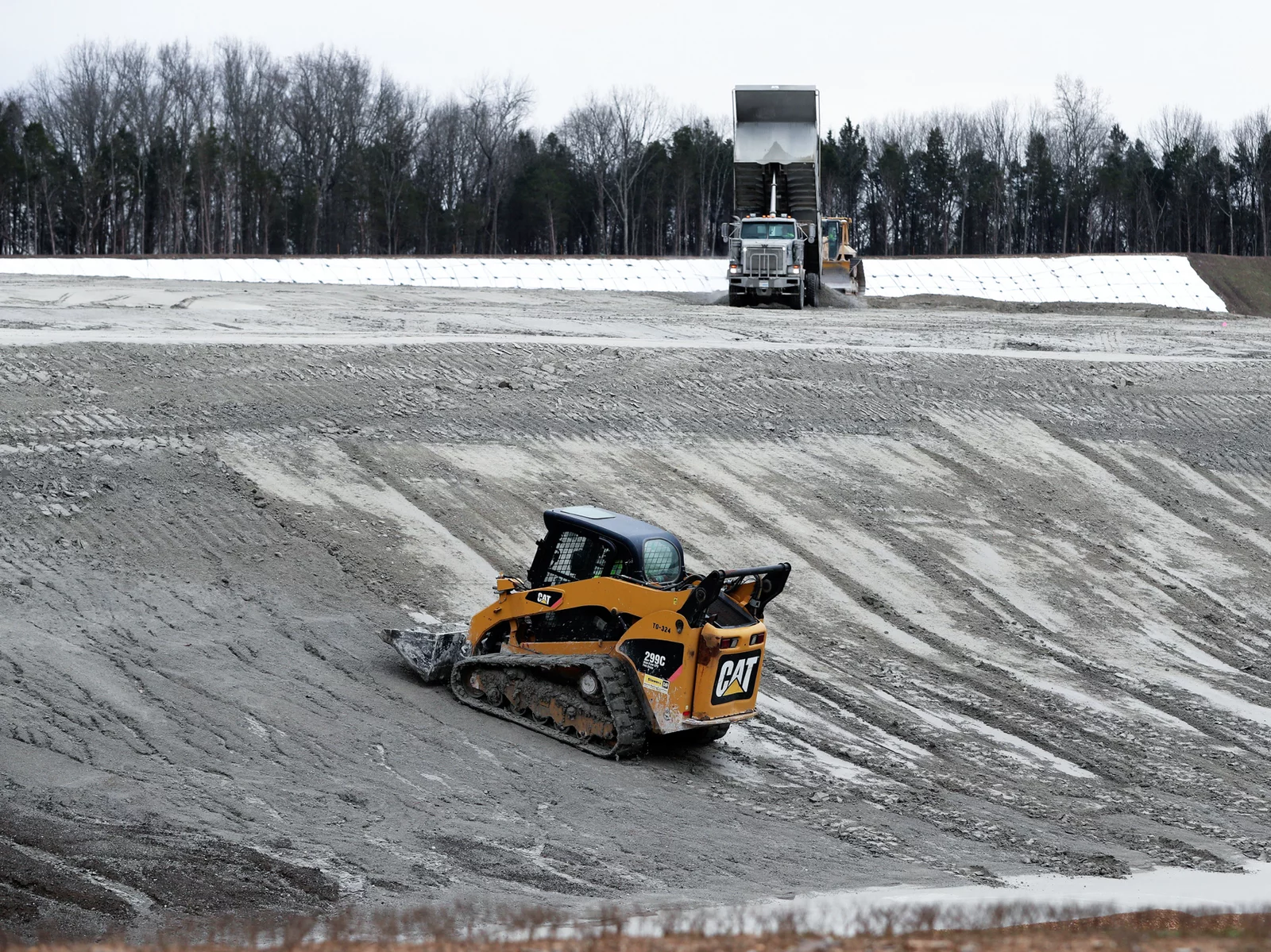Main-Product
- Product
- Ashes
Product Categories, Description and Properties
- Segment
- Utilities
- Main-Family
- Trash and Waste
- Sub-Family
- Solid Waste
- Link
Description
Your insights will be shown here
Properties
- Status
- A
- Unit of Measure
- Metric Ton
- Physical State
-
Solid
System Info
- Update by
-
 Kokel, Nicolas
Kokel, Nicolas - Last Update
- 4/14/2024 3:00 PM
- Added
- 4/14/2024 11:37 AM
Product Communicator
(*=Default)| Product | Title | Date | |
|---|---|---|---|

|
4/15/2024 | ||

|
4/15/2024 | ||

|
4/14/2024 | ||

|
4/14/2024 |
| Products (Quick Access) | Abbr. | Default |
|---|---|---|
| Fly Ash | ||
| Bottom Ash | BA | |
| Coal Bottom Ash | CBA | |
| Incineration Bottom Ash | IBA |








